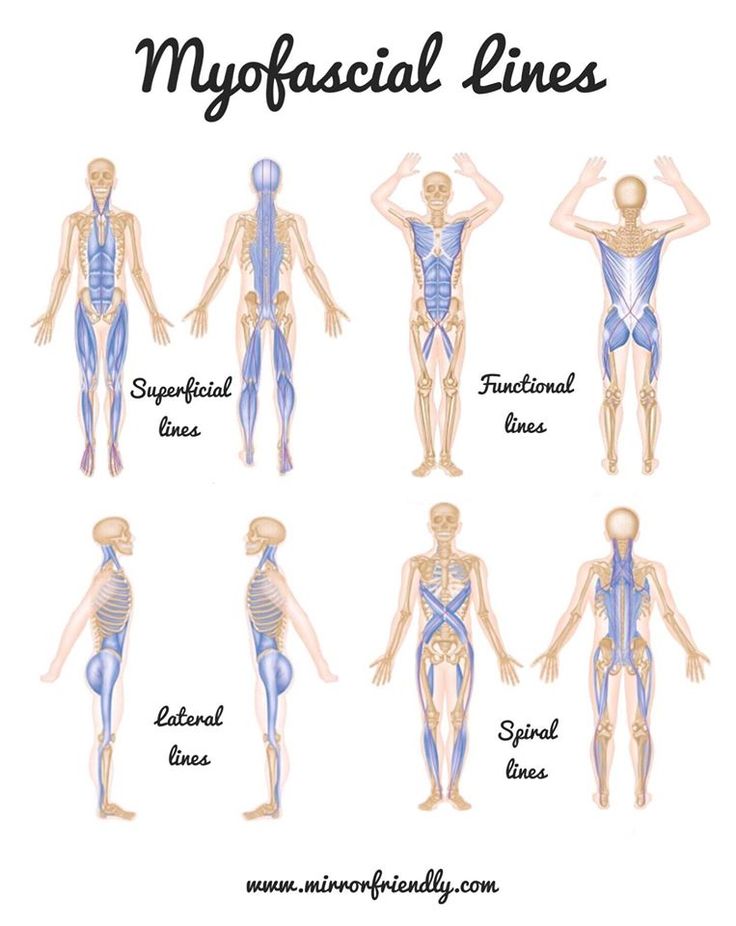
Have you ever had a pain in your foot and later learned it was because your calf muscles were tight or experienced pain in your forearm due to tight knots (aka trigger points) in your upper back? These referred pains occur because everything in our body is connected.
Scientists and researchers are helping us better understand how the body works and why a dysfunction in one system affects another system. Muscles do not work independently of each other. Tensegrity models are great tools demonstrating how everything is connected and why our bodies display specific holding patters due to posture misalignment or restrictions in our connective tissue/fascia.
Earlier in December, I attended a myofascia workshop. We were encouraged to purchase two books. A book about myofascia meridians called, “Anatomy Trains” by Thomas Myers and “The Roll Model” by Jill Miller, a guide explaining how to use balls and foam rollers to keep the fascia in our body “unstuck.” Since I am a book geek and love to learn, I purchased both books and have already put the information to use in my own body, in the yoga classes I teach, and with the personal training clients I work with.
In “The Roll Model” book, Jill explains a basic ball-rolling mini physiology lesson and how to untangle the knots in your body. “If there is restriction or adhesion in a certain part of your myofascia, the muscle cannot function fully, and neither can the joint(s) to which that muscle attaches. Therapy Ball rolling and other massage techniques squeeze, knead, compress, and pry loose muscle fibers and their associated fascial tissues that have become adhered to each other. All of this turbulence and beneficial commotion within the tissues increases local blood circulation, consequently bathing and ultimately rehydrating the area (known as perfusion)…When using the balls, you will often stumble across knots or clumps of adhered tissue that feel hard, unyielding, and rather painful. These are often referred to as trigger points. Using the Roll Model Balls directly on trigger points can help alleviate those knots and adhesions, but you must also consider the perimeter tissues of the affected area.”
As I continue to learn and understand the body and how it is connected (YES – I am still learning!), I will bring the information to you and teach about the myofascia meridians. We will use balls and yoga asanas to help “unstick” trigger points and open up the fascia in our body so we can release and reduce pain AND increase mobility and health.
You can learn more about myofacia meridians on The Anatomy Trains website and how to use foam rollers and balls on The Roll Model website. Please let me know if you have any questions.

